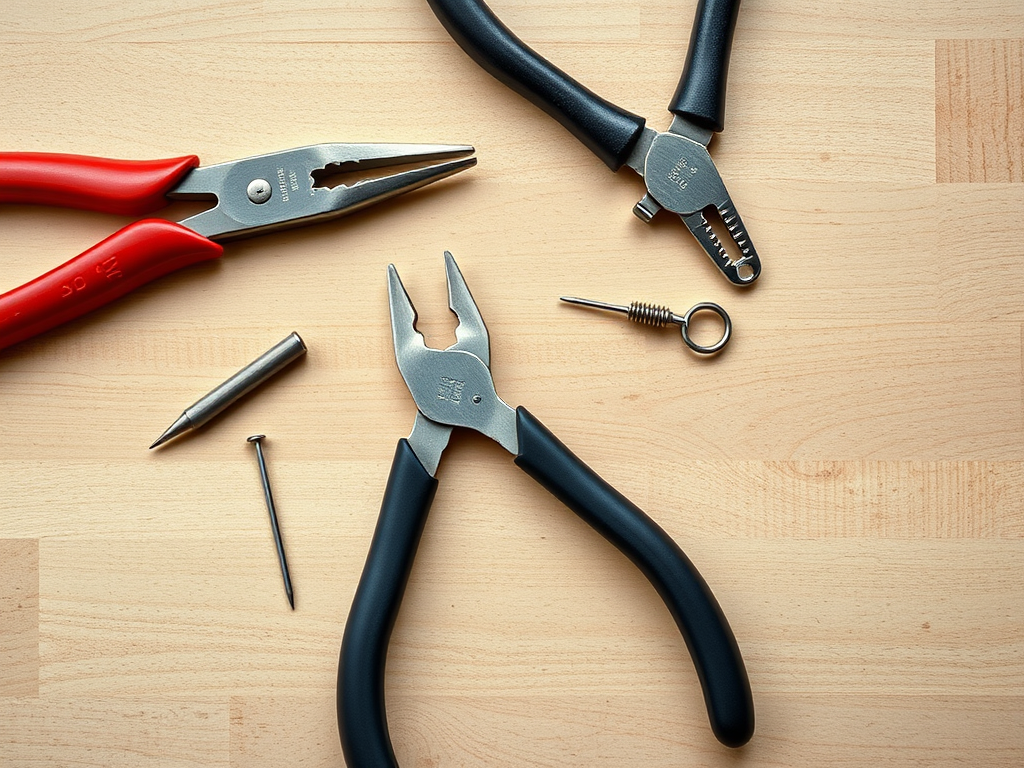Zippers are often taken for granted until they begin to malfunction, leaving us frustrated and helpless. Whether it’s your favorite jacket that won’t close or a trusty backpack that has seen better days, knowing how to fix a zipper can save you time and money. This guide is designed to empower you with the knowledge to restore your zippers back to their original functionality. Not only will you learn about the anatomy of zippers, but you will also discover practical steps to solve common issues. With confidence and a few simple tools, you will be equipped to tackle those troublesome zippers anytime they fail.
We all rely on zippers in our daily lives, but most people are unaware of how easy it can be to put one back on track. Many issues can lead to zipper failures, which can often be resolved with basic understanding and care. It’s essential to familiarize yourself with the components of a zipper and common problems that arise. By doing so, you can save yourself the headache of taking your item to a professional or buying replacements. This guide breaks down everything you need to know in a simple, concise manner, ensuring that you can tackle zipper repairs with ease.
Understanding Zipper Mechanisms

To effectively fix a zipper, it is vital to understand its essential components. This understanding serves as the foundation for troubleshooting various issues commonly encountered. A zipper typically consists of three main elements: the slider, the teeth, and the tape. These components work in harmony to create a proper fastening system. When one part malfunctions, the entire zipper can become unusable, leading to frustration. Therefore, recognizing these components aids in the identification of problems.
- The Slider: This is the piece that moves up and down the zipper, engaging or disengaging the teeth.
- Zipper Teeth: These interlocking components are responsible for closing the zipper securely.
- Tape: Fabric supporting the teeth and slider, it anchors everything together.
Identifying the Problem

Identifying the specific issue with a zipper is a critical first step in the repair process. Many people jump straight into fixing without considering the root cause, which can lead to further damage. Common issues like misaligned teeth, a stuck slider, or a detached zipper pull are relatively frequent. The first step is to closely examine the zipper and recognize the symptoms it presents. Gathering this information is invaluable, as it helps to streamline the repair process. With proper identification, you will have a clearer path to fixing the issue at hand.
| Common Zipper Problems | Possible Causes | Suggested Fixes |
|---|---|---|
| Misaligned Teeth | Bent or damaged teeth | Realign with pliers |
| Slider Won’t Move | Debris or jam | Clean and lubricate |
| Detached Zipper Pull | Wear and tear | Replace the pull |
Steps to Fix a Misaligned Zipper
After identifying the problem, you can proceed with fixing the zipper. The following steps will guide you through the process of restoring a misaligned zipper effectively. This process begins with preparing the necessary tools and inspecting the zipper thoroughly. Make sure you have everything you need, as it will streamline your repair efforts. Often, just a few adjustments can bring your zipper back to life, and you’ll find that these repairs are simpler than they seem.
Preparing for the Fix
- Gather Your Tools: Common tools include pliers, a needle and thread, and sometimes a replacement pull.
- Inspect the Zipper: Look for any visible damage, like bent teeth or a stuck slider.
Realigning the Teeth
Start with checking the teeth for any that may be bent or broken. Gently use your pliers to realign any misaligned teeth carefully. It’s essential to do this without applying too much force; applying the right amount of pressure is key. Once the teeth are aligned, you will need to re-engage the slider. To do this, remove the slider carefully from the zipper system and reattach it to the aligned teeth once they are straightened out.
Preventative Measures
Preventative measures can save you from the hassle of repairing zippers frequently. By implementing simple maintenance practices, you can extend the life of your zippers and keep your belongings secure. Regular cleaning, lubrication, and gentle handling of zippers can significantly reduce the chances of issues arising. Consider these essential tips for maintaining zippers effectively:
- Keep the Zipper Clean: Regularly clear away dirt and debris from the zipper track to avoid buildup.
- Use Lubrication: A little zipper lubricant can make a big difference in performance.
- Handle with Care: Always zip with a gentle pull to prevent unnecessary force on the mechanism.
Conclusion
Fixing a zipper may seem daunting at first, but with the knowledge gained from this guide, you can approach it with confidence. Understanding how zippers function and what common problems occur will empower you to tackle repairs with ease. By following the proper steps and maintaining your zippers, you can save both time and money. Don’t let a faulty zipper ruin your favorite clothing or accessories; instead, take matters into your own hands and restore them to working order. Regular maintenance paired with a bit of care can ensure that your zippers serve you well for a long time.
Frequently Asked Questions
- Can all zippers be repaired? Yes, most zippers can be repaired, but some may require replacement.
- What should I do if the teeth are missing? If teeth are missing, it’s often best to replace the entire zipper.
- Is it worth fixing a zipper? Yes, especially on expensive items. Repairing a zipper can save money and prolong the life of the item.
- Are there special tools for zipper repairs? While basic tools like pliers and needles work well, there are specialized zipper repair kits available.
- Can I use household items to fix a zipper? Yes, in some cases, items like a paperclip can serve as a temporary pull.


